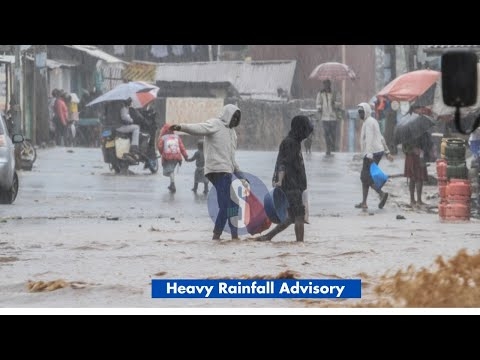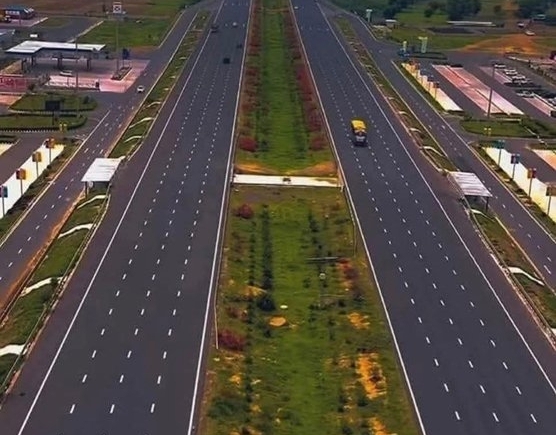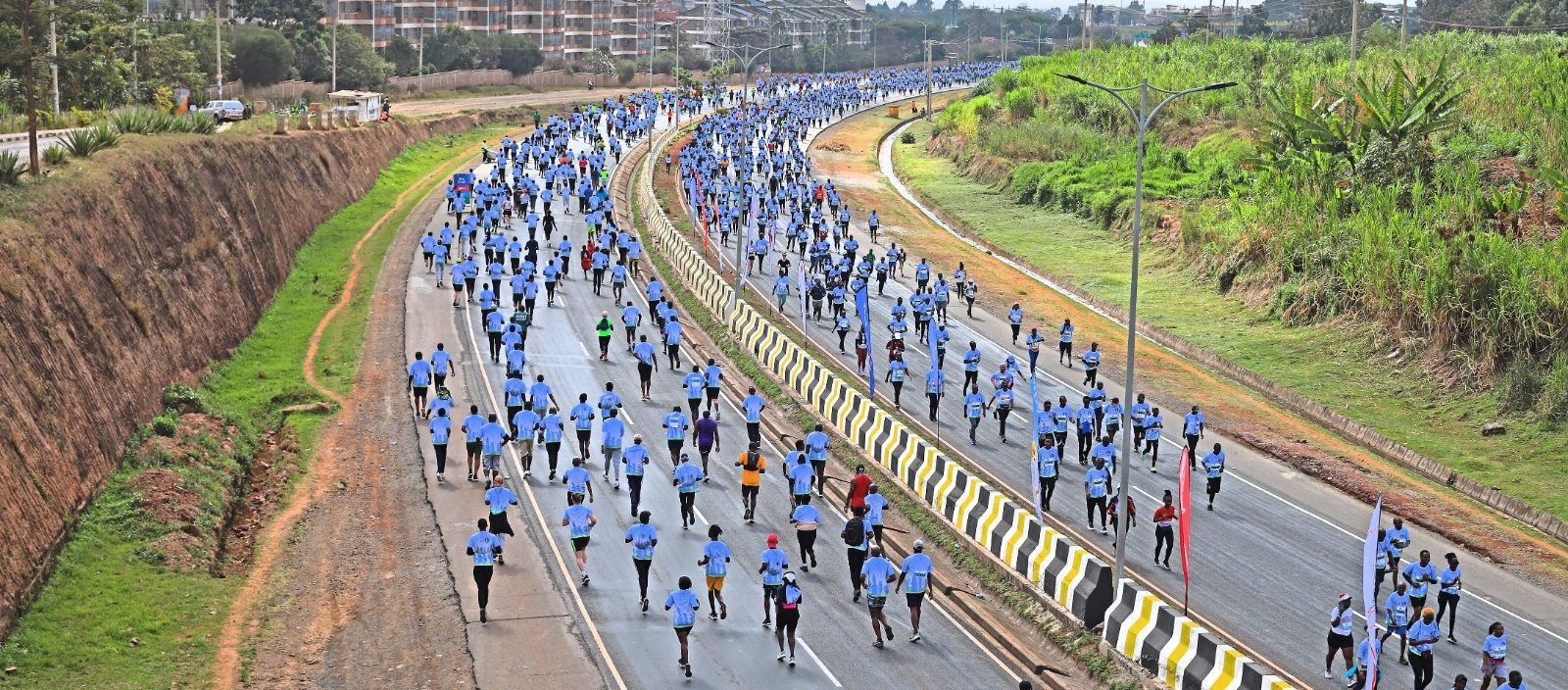The UN-Food and Agriculture Organization has pledged to intensify efforts towards preventing child labour in the sector.
‘'This year, we will step-up our efforts to strengthen the capacities of a wide range of agricultural actors. This include child labour prevention and youth employment in their work,'' QU Dongyu, FAO director-general said during the virtual launch of the International Year for the Elimination of Child Labour 2021. It was organised by the International Labour Organization.
UN statistics show that globally, the majority of child labour, which is at 71 per cent, is in the agriculture sector.
Today, 108 million boys and girls are engaged in child labour in crop production, livestock, forestry, fisheries or aquaculture, often working long hours and facing occupational hazards.
"Child labour violates the rights of children. By endangering the health and education of the young, it also forms an obstacle to sustainable agriculture development and food security," FAO said.
To remedy this, FAO is working to address the root causes such as rural poverty and the lack of social protection.
Qu said policies, programmes, and investments related to agri-food systems need to address the root causes of child labour, including household poverty," he said, adding that the global Covid-19 pandemic also places more pressure on poor and vulnerable families.
"We need a breakthrough in agriculture where child labour is frequently found," he said.
FAO will organsise a global event on Child Labour in Agriculture in November to increase awareness and promote good practices.
UNHCR data shows that risk of forced labour in Kenya is largely concerned with informal activities, including domestic service, artisanal fishing, cattle herding, street vending, and begging
“Many of these activities are associated with international migration from Uganda and Rwanda. Refugees from East and Central Africa are also included in the labour force, but tend to be largely concentrated in urban centres, rather than rural agricultural communities,” UNHCR says.
“Some cases of trafficking in persons using high recruitment fees, debt and false promises of higher pay have been reported in Kenyan agriculture including specific cases in tea and coffee, but not in flowers. However, this practice is not believed to be widespread or part of a trend.”
Statistics on child labour in agriculture
- 108 million boys and girls between 5 and 17 years are identified as child labourers in agriculture.
- Worldwide, nearly 70.9 percent of child labour is found in agriculture.
- Most of children’s agricultural work is unpaid and takes place within the family unit.





![[PHOTOS] Council of Governors visits Raila's grave](/_next/image?url=https%3A%2F%2Fcdn.radioafrica.digital%2Fimage%2F2025%2F10%2F59c8111a-6f0d-4719-8587-7e965c4bdd34.jpg&w=3840&q=100)






